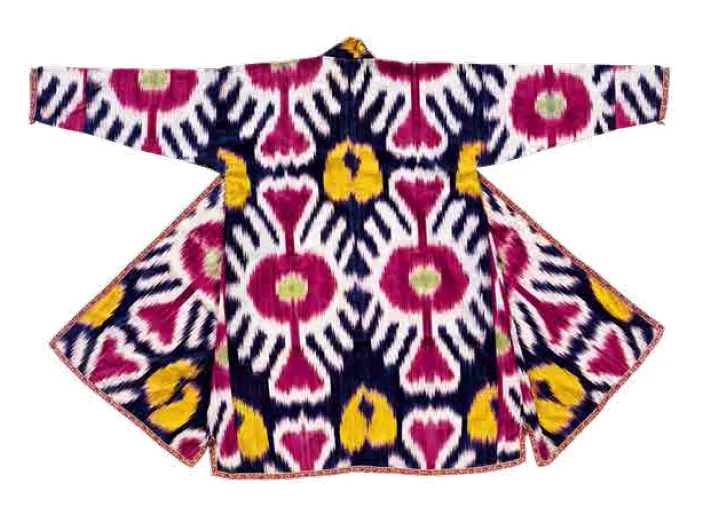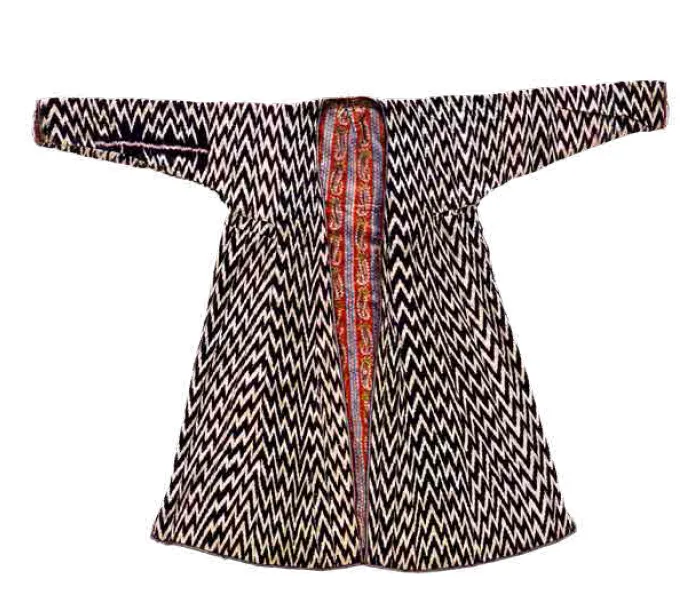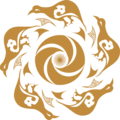Suzani, men's robes (chapans), turban, trousers and shirts stored in the museum stand out for their extreme elegance. In the old days, the main type of men's outerwear was chapan. This is a worn open long sleeve coat. Chapans were sewn out of fabrics that struck with the richness of their ornaments and color combinations. Chapan was tied with a belbok scarf. With a chapan, a man tied up a white turban on his head or put on a skullcap – doppi.
Women wore a long dress (kuilak) and pants (ishton). Chapans, made from satin, were also worn by women as outdoor clothing. When going outside, they put a full Islamic veil paranja on the head and covered the face with a net, a chachvan, made of horsetail hair. Chapans made of elegant fabric were worn by both elderly and young men and women. Rich people tied their outerwear with a luxurious belt decorated with gold, silver and precious stones.
You can learn more about the topic in the book-album "Cultural legacy of Central Asia in Japanese Museums" (volume XX) in the series "Cultural Legacy of Uzbekistan in the World Collections".
The main sponsor of the project is the oilfield services company Eriell-Group.


